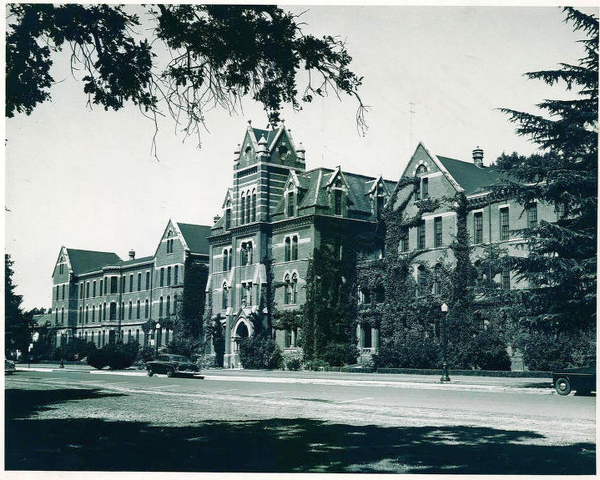Difference between revisions of "Portal:Featured Image Of The Week"
From Asylum Projects
M-Explorer (talk | contribs) |
M-Explorer (talk | contribs) |
||
| (139 intermediate revisions by the same user not shown) | |||
| Line 1: | Line 1: | ||
{{FIformat | {{FIformat | ||
| − | |Image= | + | |Image= CAstockton16.png |
|Width= 600px | |Width= 600px | ||
| − | |Body= | + | |Body= In 1865 the [[Stockton State Hospital|first section of new facilities]] for the female patients was completed. The entire structure was not completed, however, until 1874. Total cost was $249,500. It was constructed on the east side of North American Street, between East Vine and East Magnolia streets. The Smith Canal, which currently ends well short of the state hospital, extended from the Stockton Delta Channel all the way to the state hospital and was used to Ferry supplies in the early days. That part of the canal has now been filled in and it terminates in a small Lake in Legion Park. |
}} | }} | ||
Revision as of 04:21, 16 June 2024
Featured Image Of The Week
In 1865 the first section of new facilities for the female patients was completed. The entire structure was not completed, however, until 1874. Total cost was $249,500. It was constructed on the east side of North American Street, between East Vine and East Magnolia streets. The Smith Canal, which currently ends well short of the state hospital, extended from the Stockton Delta Channel all the way to the state hospital and was used to Ferry supplies in the early days. That part of the canal has now been filled in and it terminates in a small Lake in Legion Park.
